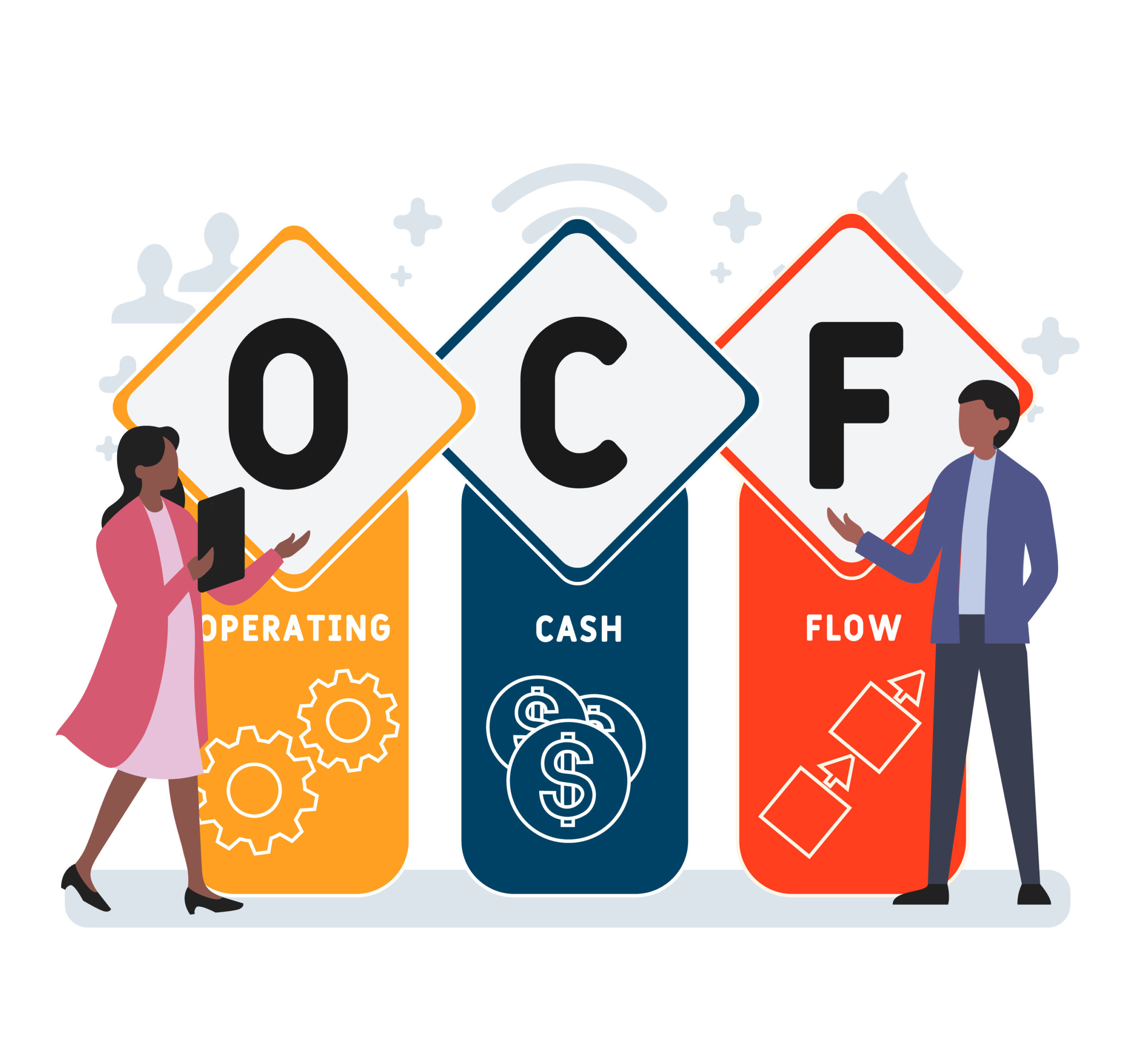
What is operating cash flow and
how do you manage it?
As a small business owner, money management is one of the most important business activities that needs constant monitoring. Tax office operating cash flow (OCF) and budgets often go hand-in-hand and directly impact your tax office financials. It’s time to advocate for operating cash flow best practices with smart money management strategies. That way you don’t get side tracked when the tax season begins.
Operating cash flow is the amount of money generated by your business during normal office operations. It’s your key indicator of your financial status. Positive cash flow means there is more than enough cash generated to cover your operating expenses. Negative cash flow shows more spending and less saving, meaning your cash outflow is higher than the cash inflows.
If you want a complete picture of your tax office finances, you will need to review three financial statements: the income statement, the balance sheet, and the cash flow statement. These statements will help you determine your net income, end-of-year cash balance, total assets, and liabilities vs. equities.
Consider having the following account information handy:
- The amount of cash received from service sales (from service sales – think your accounts receivable).
- All the money due to vendors, suppliers for goods or services received but not yet paid for (the details should be in your accounts payable).
- Remember, operating income is the net income after depreciation and amortization (non-cash).
How to calculate the operating cash flow
There are two ways to calculate operating cash flow, the direct and the indirect method. According to Investopedia, the direct method “uses actual cash inflows and outflows from the company’s operations, instead of modifying the operating section from accrual accounting to a cash basis.” On the other hand, the indirect method always starts with the net income from the income statement. Then you need to adjust the net income according to asset and liability accounts listed on the balance sheet
Operating cash flow formula:
Cash Received from Sales – Cash Paid for the Company’s Operating Expenses = Total Operating Cash Flow
Simple OCF strategies that make sense for any tax office
1. Create and track your budget
Setting up a budget is a fairly simple process. You will need the monthly income, determine fixed costs (insurance, payroll, etc.), variable expenses (events, marketing, etc.), and one-time spends (office supplies, furniture, etc.); then pull it all together to see where funds should be allocated. And remember to continue to track your income and expenses regularly.
2. Get an outside opinion
A good financial plan acts as a guiding hand rather than locking the you into certain decisions for months and years to come. It’s always a good idea to get a fresh set of eyes to review your your budget and financial statements.
Work with a bank representative or a financial analyst to make sure your current outline is feasible. You want to challenge yourself without setting yourself up for failure. Having someone on the outside review things over will ensure you’re on a practical path to success.
3. Plan your cash flow strategy
Operating cash flow management starts with a cash flow strategy. After you have a feasible budget established, it may be helpful to create a few strategies that will help boost your cash flow and provide a cushion for when business is slow.
If you are in a position for it, consider financing activities through credit cards and business loans. This can be a powerful tool for your business if handled responsibly. It can build your business credit score and open the door to lending opportunities and potentially lower interest rates.
Even if you’re still building your credit, you may be eligible for office loans based on your bank product volume. Our ERO loans¹ are available early October and range between $2,000 to $50,000. You can use the funds as working capital to power your office for the tax season within two business days of approval. Moreover, you can offer your customers refund transfers² for as low as $39.95 to your customers through All-In-One program.
Here are additional ways to boost your cash flow and improve your balance sheets:
- Look to add additional services to your offering such as notary or bookkeeping.
- Have a free statement analysis done on your credit card processing system to see where you can save.
- Consider starting a rewards program to keep customers coming back for more.
Now you’re planning for success!
The best part of owning a tax office is helping your community make better financial decisions. In order to do that, to lead your business with a strong financial plan. Work on your short-term and long-term cash flow strategy wisely to keep your company healthy and you won’t regret it.
- Office loan availability dependent on ERO application approval and eligibility criteria. Terms and conditions apply.
2.The Refund Transfer is an optional tax refund-related product offered by Pathward®, Member FDIC. The Refund Transfer is not a loan. E-filing of tax return is required to be eligible for the product. Subject to approval. Fees apply. See terms and conditions for details.
